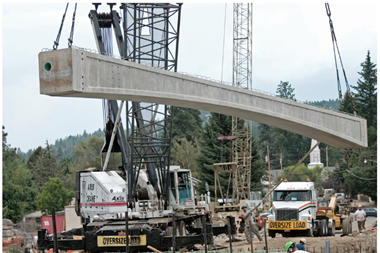US institutional investors are increasingly embracing European infrastructure, having been disappointed in the past by their domestic market, according to the founder of Ardian’s infrastructure business.
Mathias Burghardt, head of infrastructure at Ardian, told IP Real Estate that he is seeing strong appetite from European and Asian investors for European infrastructure but the biggest change recently had been among US institutions.
“US investors historically were quite reluctant to invest in Europe,” he said. “This is changing.”
Last month, IP Real Estate reported that the Public Employees Retirement Association of New Mexico had decided to invest with Ardian’s $6bn (€5.5bn) infrastructure business, which invests exclusively in Europe.
Burghardt attributed the change to a combination of “disappointment” with domestic market, a market dominated by a volatile energy industry, and a more positive perception of the macroeconomic situation in Europe.
“The beauty of Europe compared to the North American market, which is much more of an energy market, is we have quite a good balance between transport assets and energy assets,” he said.
“What is important is diversification. It is very difficult to predict the evolution of regulation,” Burghardt said. “Infrastructure investors are taking regulatory risk.”
Ardian, the private equity company that spun out of AXA in 2013, would not comment on fundraising for its new fund, which New Mexico PERA said could grow to $2bn.
But it is understood the strategy of the new fund will be consistent with its predecessors, AXA Infrastructure II and AXA Infrastructure Fund III.
Kallista Energy, a French wind energy company bought by Fund III in 2009, announced this week it had entered into a €155m refinancing deal. It comes days after the French government adopted greater targets for renewable energy.
Since Ardian has owned Kallista, the company has doubled its wind capacity to approximately 320MW in operation. Burghardt says infrastructure investors need to “create value”, rather than holding infrastructure assets passively.
He also warned investors about straying from core infrastructure to what is increasingly being termed ‘core-plus’ assets.
“Core-plus are things that look like infrastructure more or less, but they are not. Instead of buying a toll road, you buy service areas in the toll roads,” he said, as an example.
Burghardt said this approach could lead to disappointment, since infrastructure investors are looking for long-term stability. “When you own a commercial company, you can’t guarantee they will be there in 10 years’ time,” he said.









